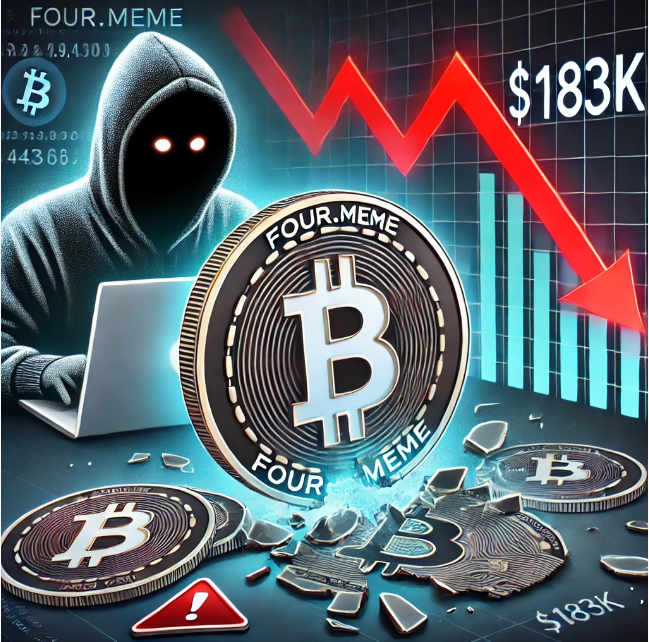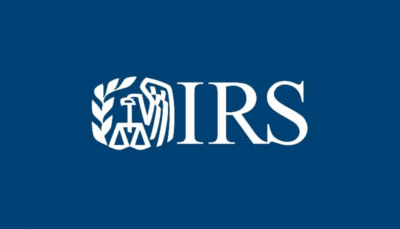The BNB Chain-based memecoin launch platform Four.Meme has become the latest victim of a security exploit, with hackers siphoning off approximately $183,000 worth of digital assets. The incident, which occurred on February 11, underscores the increasing vulnerabilities within the memecoin sector, as opportunistic attackers target the growing liquidity in meme-based tokens.
How the Hack Unfolded
In a post on X, Four.Meme confirmed the security breach, stating:
“We are currently experiencing a malicious attack, and our team has intervened immediately to address the issue.”

While the platform assured users that internal funds remain safe, the exploit still resulted in a six-figure loss, according to blockchain security firm Peckshield. The specifics of the attack are still under investigation, but it highlights the persistent risks associated with decentralized finance (DeFi) protocols and memecoin projects.
Memecoin Sector: A Growing Target for Hackers
Memecoins have exploded in popularity, but their highly speculative nature and often rapid liquidity growth make them attractive targets for attackers. Four.Meme’s exploit is just the latest in a series of high-profile crypto security breaches that continue to tarnish the industry’s reputation.
Despite an overall 44% year-over-year decline in crypto hacks in January 2025, the month still saw over $73 million stolen. Meanwhile, 2024 was a record-breaking year for crypto-related exploits, with hackers stealing $2.3 billion across 165 incidents, a 40% increase over 2023, when $1.69 billion worth of crypto was stolen.
The TST Token Surge and Four.Meme’s Rise to Fame
Before the security breach, Four.Meme had been making headlines due to the meteoric rise of the Test (TST) token. The TST token briefly soared to a peak market cap of $489 million on February 9, before crashing by over 50% to $215 million, according to CoinMarketCap.
The sudden rise of TST can be traced back to a BNB Chain tutorial video where the token was unintentionally exposed for about one second. Though it was meant for internal test purposes, the brief reveal led to a frenzy of speculation, particularly within China-based influencer communities, who drove up the token’s market capitalization despite repeated clarifications from Binance’s former CEO, Changpeng Zhao (CZ), stating that the video was not an endorsement.
Industry Response and Calls for Transparency
The rapid fluctuations in the TST token and the Four.Meme hack have reignited discussions about the security and legitimacy of new crypto projects. In response to the TST situation, CZ acknowledged issues in Binance’s token listing process, stating that it was “a bit broken” due to arbitrage opportunities exploited by decentralized exchange (DEX) traders, which often lead to price volatility post-listing.
To address concerns, Binance co-founder Yi He outlined the main criteria for token listings, emphasizing:
- Potential Return on Investment (ROI) – Ensuring that projects have long-term value.
- Innovation & User Acquisition – Projects must introduce new use cases and attract new users to the ecosystem.
- Market Performance on Other Exchanges – Monitoring how tokens perform before listing them on Binance.
What This Means for Crypto Security & the Memecoin Market
The Four.Meme hack serves as another cautionary tale for investors and developers in the high-risk world of memecoins and DeFi protocols. The rapid growth of liquidity in these projects often outpaces their security measures, leaving them exposed to exploits.
To improve security in the memecoin sector, industry stakeholders must adopt stricter auditing processes, real-time threat detection, and greater transparency in token launches. Until then, both investors and project teams must remain vigilant, as security vulnerabilities continue to pose significant risks in the evolving crypto landscape.





